'I’ve Taught Male And Female Golfers For 24 Years… Here’s Why We Need A Different Approach To Coaching Women'
Top 50 coach Katie Dawkins explores the differences between men and women and why the women's game should have its own identity

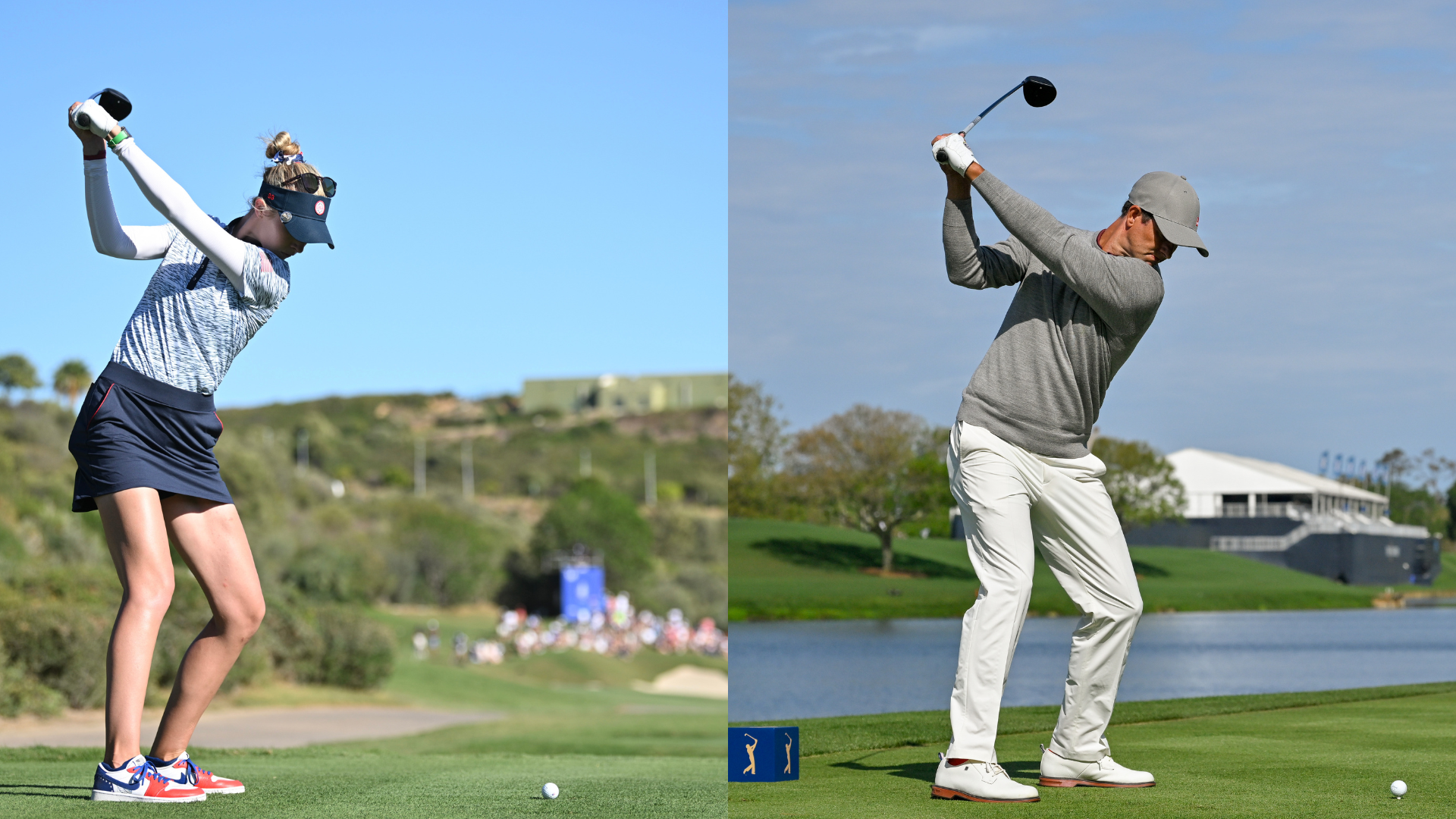
It’s long been obvious that there is a stark difference in the way women and men go about the game of golf. We are different in so many ways, so why wouldn’t our approach to golf be different as well?
For years, women have been trying to fit into the mould that was forged by a male-dominated old boys' club, and it’s one that so many women simply can’t relate to, yet feel they should as that’s how golf is.
During my years of coaching I’ve noticed that (as a general rule) women and men learn differently. Men are more analytical and logical. They like an explanation. Women tend to be more observant, they want to see it. They learn via demonstration and video and want less information. There are exceptions to this but, generally, I have noticed the women I coach prefer not to have to break the swing down into pieces but instead get a feeling.
Although women can process information about five times faster than men (hence we can multitask), I find keeping swing thoughts minimal more effective. I believe that women have far more buzzing in their brains, be it thoughts, lists and voices in their heads. Men tend to come to a session and are able to focus wholly on the job in hand and can solely concentrate on golf.
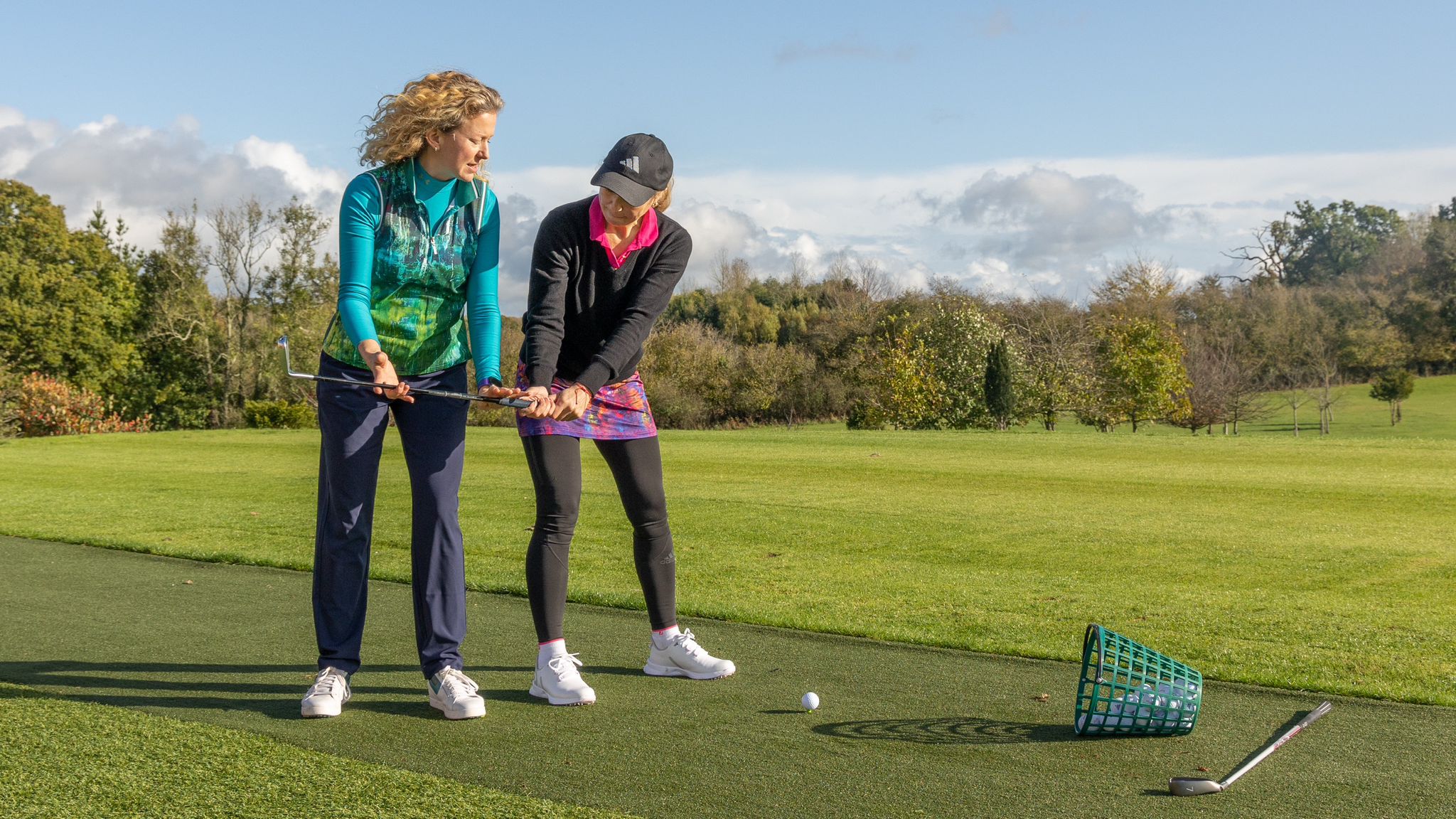
Women learn via demonstration and video and want less information
With newer golfers I coach, men are far less affected by first tee nerves, going on the course and hitting balls in front of others. Women are much more self-conscious and tend to worry.
One of my pupils, Kate, took up golf this year, as did her husband. The way they’ve gone about their golf journeys is very different. She believes the reason for this is a Mars vs Venus example.
“My husband is obsessed with the game, taking lessons, reading to hone his skills and playing and practising whenever he is able to. I am just loving having my time and using golf as a switch off from work and the kids. My brain is always so busy when I get to golf, so focusing on the ball helps me to hit the pause button. I am competitive and want to play well, but I’m also realistic about how much time I can dedicate to my new hobby. I haven’t got aspirations to get a handicap and play in competitions. I just want to enjoy it and hit great shots. Oh, and beat him obviously!”
Subscribe to the Golf Monthly newsletter to stay up to date with all the latest tour news, equipment news, reviews, head-to-heads and buyer’s guides from our team of experienced experts.

Kate is new to golf and her golf journey is already very different to that of her husband
We often talk about the difference between men and women physically when it comes to swinging a golf club. The difference in power is the biggest factor, but how often do we really think about the shape of women and how this might affect the way they should be taught.
We all come in various shapes and sizes and there will always be exceptions to rules. When coaching, I’ve found that a man can easily give the club a small and wristy swing and send it soaring, whereas a woman needs to be super-efficient to generate even a half of that power.
There’s no hiding that guys are stronger in their hands and forearms, making for faster hands and more clubhead speed. The grip is also a hugely challenging fundamental for many of the women I teach. Getting the hands in a controlled and effective position is tricky when the strength isn’t there. Often women suffer from lack of wrist hinge (a vital source of power) and this comes down to weak positioning of the top hand. When we fix this, it’s like a power tap is turned on. It is something I revisit with the same women, so proves that it’s a physical limitation rather than just the golfer getting sloppy.
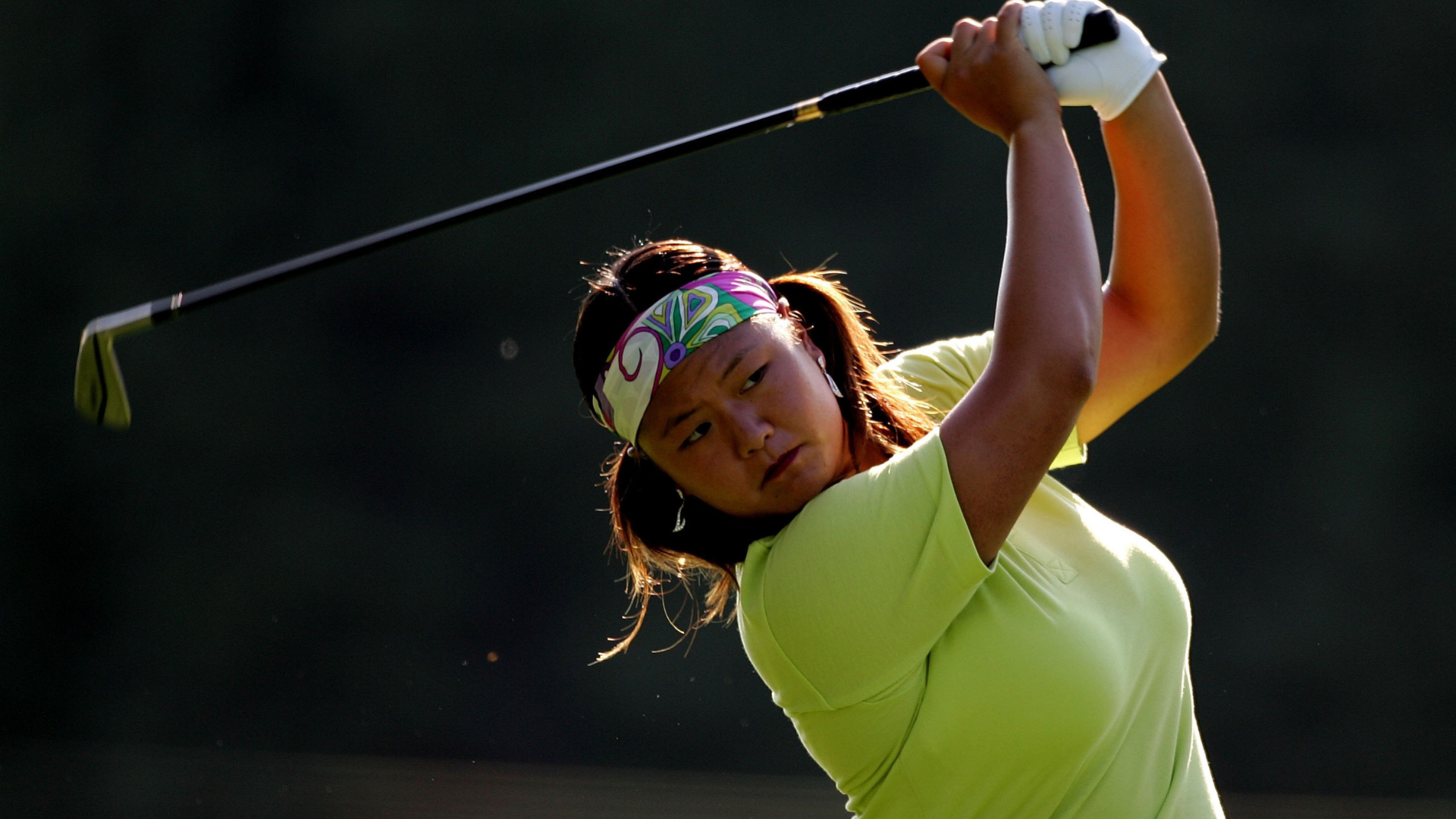
Cristina Kim has exceptional posture and proves that women with a larger chest can play incredible golf
But let’s talk about the blatantly obvious difference. Breasts. A man can sit back like he’s perched on a seat and still manage to swing his arms and thump the ball. Women need to get greater kinetic energy into the swing and move more to generate power.
For many women, (especially those gifted with ample cleavage), a golf swing is near impossible unless you adopt a decent posture. Clearing the boobs under the arms means you can freely turn and your bosoms turn with you. Get the posture wrong and they most definitely get in the way.
A decent bra is essential and one that doesn’t make any off putting squeaking, so I’d always opt for non-wired and a sports bra that is designed for running. A high level of support will have a minimising effect for those with a DD and upwards size cup.
I would say that spatial awareness is another thing that the majority of women (myself included) struggle with. Knowing where you are positioning yourself and lining up can be a real challenge. Often women aim right of the target (for right-handed golfers) and this shuts down the chance of them really using their bodies correctly and transferring weight. By lining up on ‘train tracks’ and working on sending the club at the target line, the body’s power sequence switches on and distance generated can be mind blowing! The faults women tend to demonstrate when they come to a lesson are often very similar to other women. Check out the 7 biggest mistakes most women golfers make.
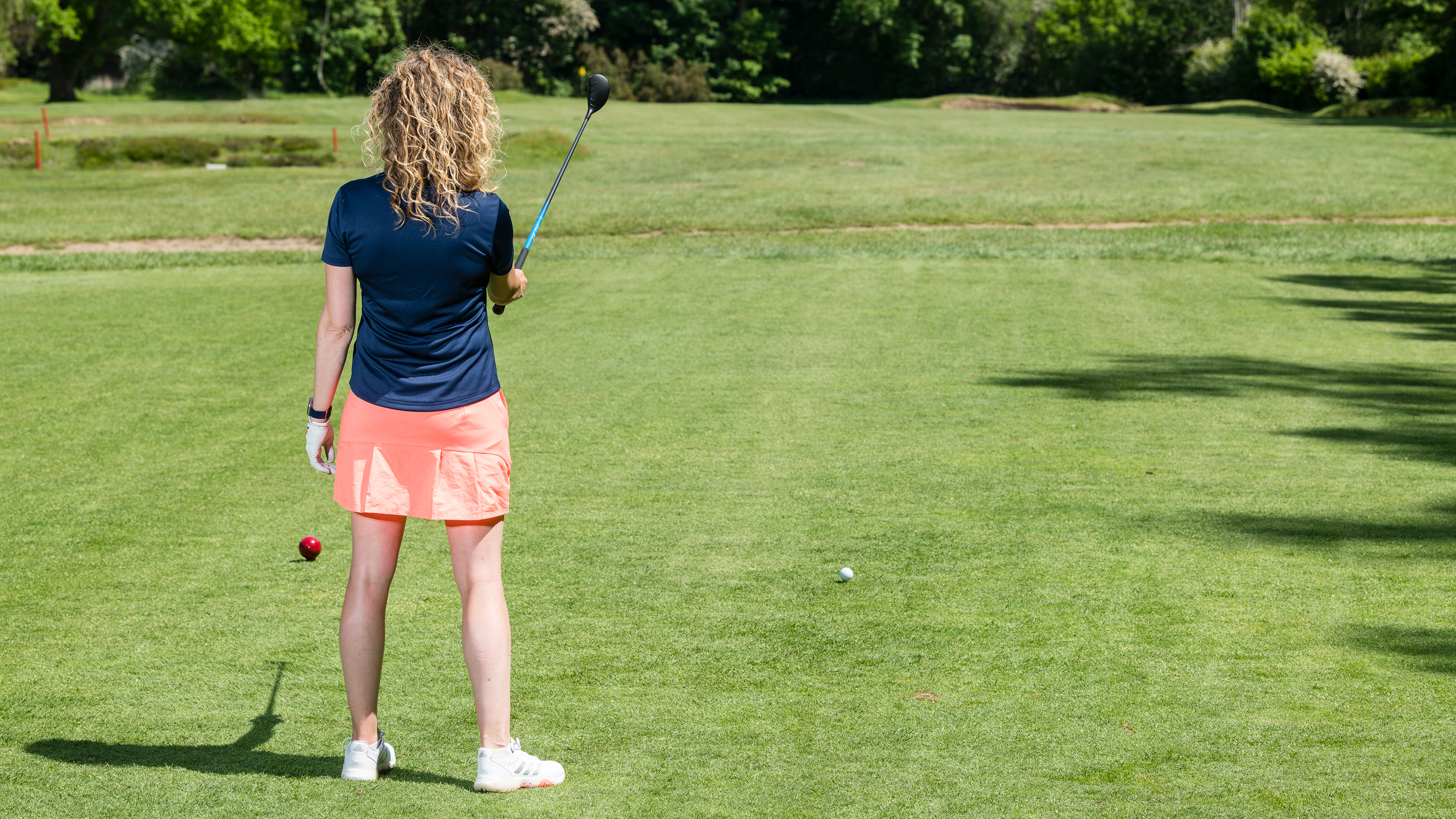
Many women I teach struggle with lining up. I also struggle too as my spatial awareness isn't the best
When it comes to dealing with emotions, there are social stereotypical walls that act as barriers for many women and, in fairness, men too. Women will often perceive that they feel they are almost trespassing, therefore the confidence they carry from the car park to the range is immediately squashed, so it’s important for me to continually empower them.
For men, as an example, the social idea of being a hardcore caveman who couldn’t possibly need to stretch, sometimes needs to be picked apart. Once men realise the benefit of warming up their hip flexors with some balletic type action on the first tee, they’ll soon dismiss the heckling that usually follows.
Women definitely tend to have imposter syndrome far more than men and I believe there’s a huge argument for women to initially be taught away from golf clubs. Whether that’s a taster session at a local shopping centre or coffee shop, the lack of a ‘golf club’ label means a lack of perceived boundaries.
I taught for a year at Headlands Farm Café and women arriving for their first lesson were unintimidated and more relaxed than I’ve ever known pupils to be. Perhaps golf professionals should consider a pop-up taster session anywhere other than at a golf club, but then feed these women into clubs. The emergence of women’s golf communities is certainly helping this issue.
We all know that men and women are different physically and emotionally, so when it comes to professional women’s golf tournaments, it makes sense to understand your audience and present them in a different way to men’s tournaments. The women’s Aramco Team Series has a vibrant atmosphere that is more engaging and energising than tournaments on the men’s tour (LIV aside) and this year’s AIG Women’s Open saw a festival vibe and the biggest turnout of families ever. Is this the way forward for women’s golf?
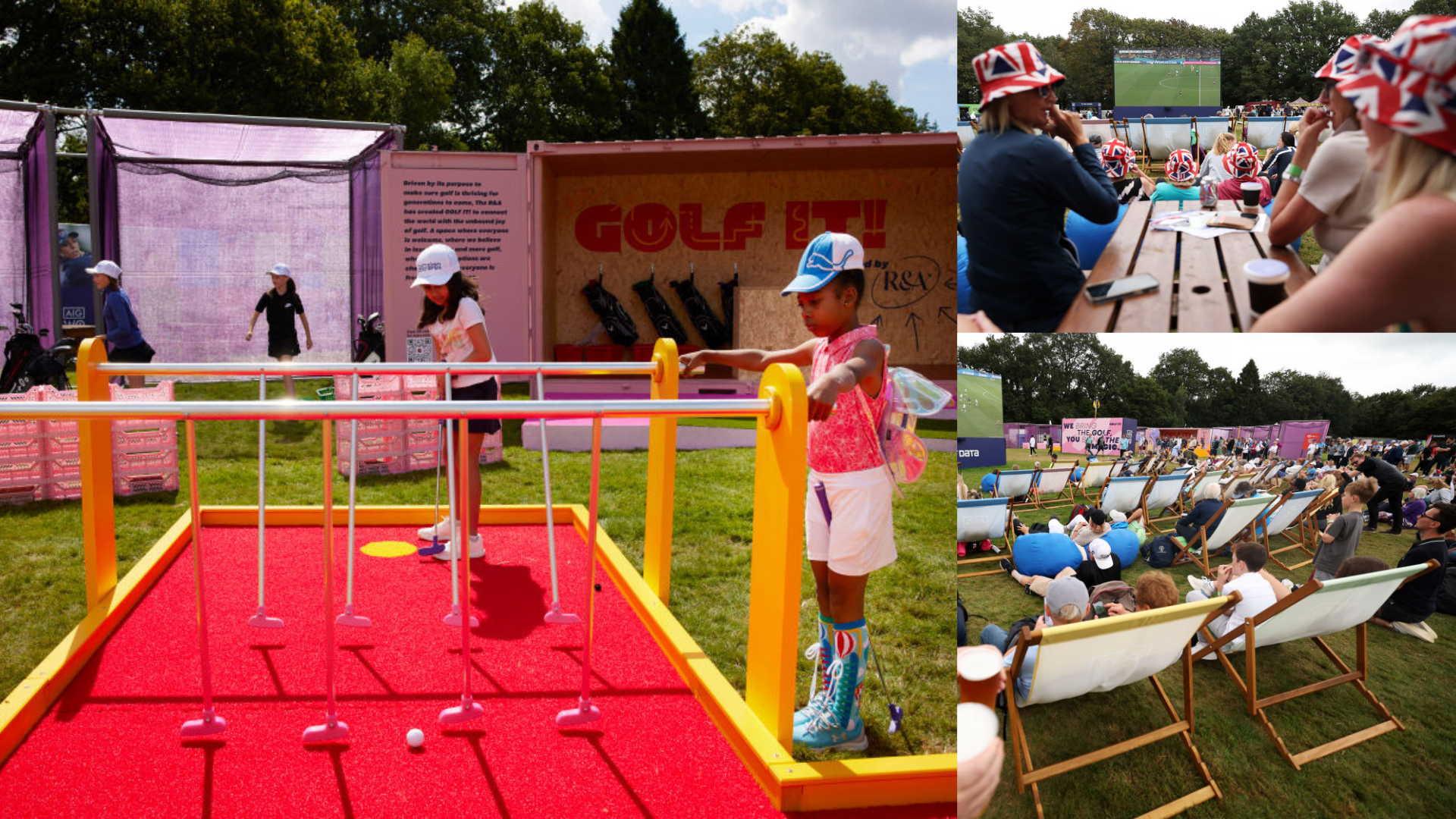
The AIG Women's Open at Walton Heath adopted a festival vibe that was super family-friendly
Why shouldn’t we forge our own identity? In many cases women’s football already has an inherently family-orientated theme. For example, women’s team match days at Crystal Palace offer up fun for all the family with games, face-painting and sign-making, and the opportunity to meet the players at the end of the match. This is, of course, in complete contrast to men’s first team matches, which have no mention of family activities. We should take a leaf out of football’s book and clubs such as Aston Villa, or venues like Boxpark, by following suit and bringing families together to watch golf on a big screen.
I genuinely believe that women’s golf should actively pursue a different pathway to men’s golf. This is a chance to reinvent the game and make it more appealing to, not just women, but families as well. The women’s game, as it grows in popularity, has an opportunity to switch things about and totally create a new platform for the best female players to forge dazzling careers and inspire next generations, whilst also offering a fantastic family day out.
Men are still paid 83% more in pro golf than women, but if there’s more interest and more people come and watch tournaments, more sponsors will emerge (as we’ve seen with Aramco and Saudi Golf) and hopefully tables will start to turn. Most importantly, if many of those viewers and participants are children, especially young girls, the sport will have a bright future and the average age of the female golfer will start to tumble.
I can’t wait to see what St Andrews has up its sleeve for next year's AIG Women’s Open. This is our chance. Let’s embrace Venus, shine bright like a diamond and catch the attention of the world in a web that is strikingly different, innovative and inspiring.
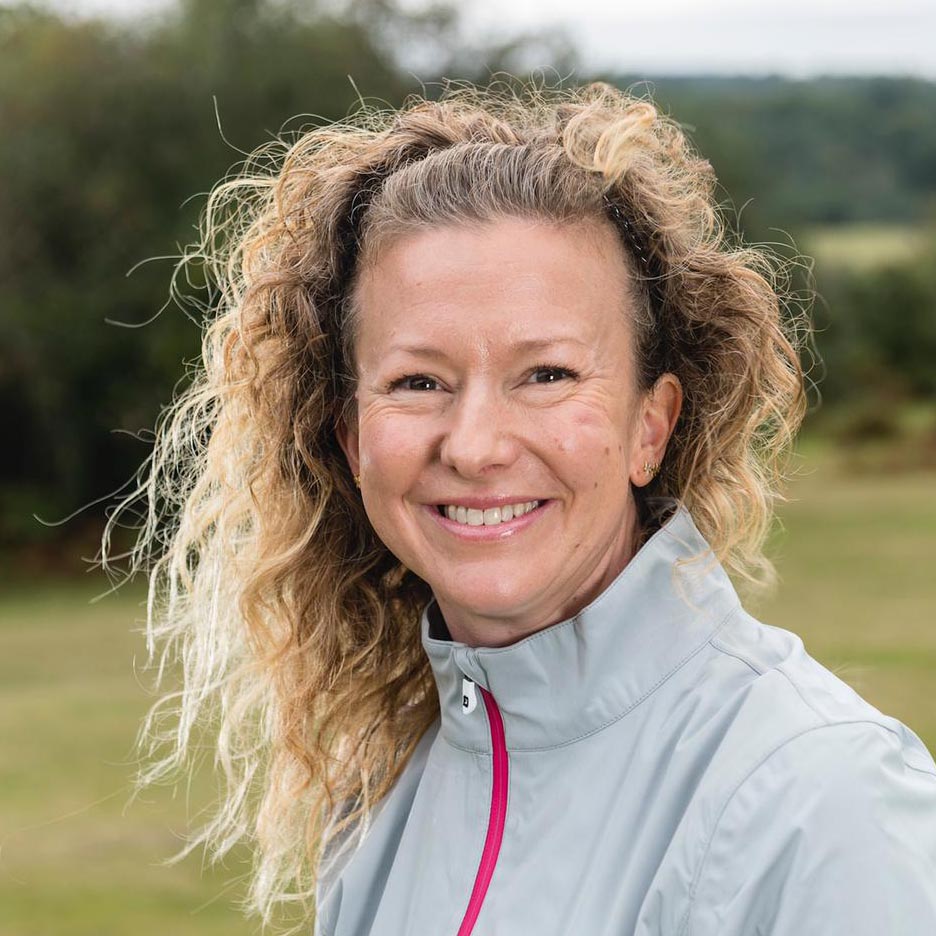
Katie is an Advanced PGA professional with over 20 years of coaching experience. She helps golfers of every age and ability to be the best versions of themselves. In January 2022 she was named as one of Golf Monthly's Top 50 Coaches.
Katie coaches the individual and uses her vast experience in technique, psychology and golf fitness to fix problems in a logical manner that is effective - she makes golf simple. Katie is based in the South of England, on the edge of the New Forest. An experienced club coach, she developed GardenGOLF during lockdown and as well as coaching at Iford Golf Centre, The Caversham- Home of Reading Golf Club and Salisbury & South Wilts Golf Club.
She freelances, operating via pop-up clinics and travelling to clients homes to help them use their space to improve.
She has coached tour pros on both LET tour and the Challenge Tour as well as introduced many a beginner to the game.
Katie has been writing instructional content for magazines for 20 years. Her creative approach to writing is fuelled by her sideline as an artist.
Katie's Current What's In The Bag
Driver: TaylorMade Qi10 9degrees.
Fairway: TaylorMade Qi10 5wood
Hybrid: TaylorMade 4 & 5
Irons: TaylorMade 770 6-AW
Wedges: TaylorMade Tour Grind 4 54 & 58
Putter: TaylorMade Tour X 33"
Favourite Shoes: FootJoy HyperFlex with Tour Flex Pro Softspikes on the course.